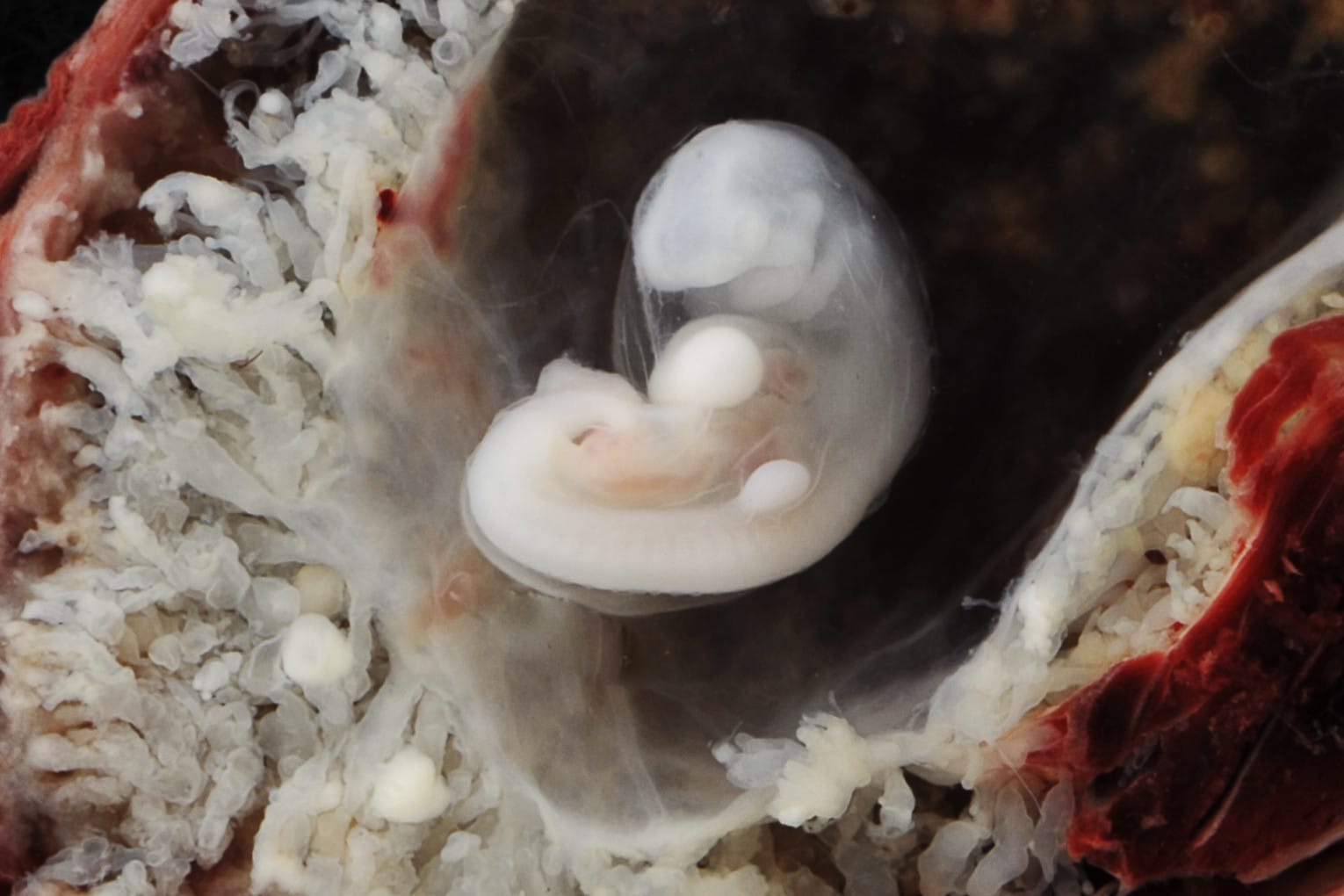

Japan became the first country to approve human-animal embryo research involving the growth of human cells inside animal embryos in 2019, allowing them to be implanted into surrogate animals. This groundbreaking move marked a turning point in human-animal embryo research in Japan and set a precedent for similar work worldwide.
The decision followed new guidelines from Japan’s education and science ministry. These replaced a previous ban that restricted embryo development beyond 14 days and barred implantation.
Under the revised rules, scientists are permitted to grow human-animal hybrid embryos in animals, provided they adhere to a stringent government review process and proceed in incremental steps.
Does this mean Japan is on the path to creating creatures such as those mentioned in Greek mythology, like centaurs or minotaurs—half human, half animal beings? The answer is no. The research is strictly aimed at growing specific human organs inside animals for medical use, with rigorous ethical rules preventing the creation of any hybrid beings resembling those myths.
Researchers began by introducing human-induced pluripotent stem cells into rodent embryos genetically unable to develop a specific organ, typically the pancreas. These cells are reprogrammed to develop into almost any tissue in the body. The embryos were grown nearly to term, then analyzed to study the integration of human cells.
Did you know since 2019 Japan has publicly started to create Animal-Human Hybrids…?
Truth is stranger than fiction… pic.twitter.com/3rS8DsyZaL
— Isaac’s Army (@ReturnOfKappy) January 19, 2025
The ultimate goal is to grow transplantable human organs inside animals. Such research could one day reduce the global shortage of donor organs and help patients with chronic illnesses like diabetes or kidney failure.
While early results in rodents showed some promise, no hybrid animals have been brought to term in Japan to date.
Since Japan approved the work, scientists in other countries have advanced the field.
In 2023, a team in China reported the growth of early-stage humanized kidneys in pig embryos for up to 28 days. The developing organs were composed of roughly 60 percent human cells. The embryos were subsequently terminated for study and were not carried to term.
In early 2024, U.S. doctors transplanted a kidney from a gene-edited pig into a human patient. The organ functioned successfully, demonstrating how animal models might help close the donor-organ gap. Although not a chimera, the case highlights the rapid advancement of adjacent technologies.
FIRST-EVER SUCCESSFUL PIG KIDNEY TRANSPLANT
Rick Slayman, 62, underwent a revolutionary kidney transplant from a genetically modified pig, utilizing CRISPR technology for gene editing.
Key modifications included removing the alpha-gal glycan gene to prevent rapid rejection… pic.twitter.com/wOkVoDTIAc
— Mario Nawfal (@MarioNawfal) March 22, 2024
As the science develops, ethical concerns persist. Experts worry that human cells could migrate to unintended parts of the animal, such as the brain or reproductive system.
Japan’s policy requires researchers to stop experiments if more than 30 percent of the animal’s brain contains human cells or if unexpected traits appear.
Six years after Japan’s landmark decision, the field continues to evolve. With cautious oversight, scientists are refining how human cells grow in animals—and how that knowledge might one day lead to life-saving organ transplants.
